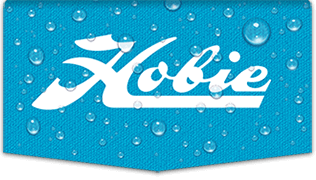|
The only adjustment Older Bowman left out is Traveller.
If you have downhauled, over rotated, outhauled, sheeted in hard, to the point of being over sheeted, and with those adjustments, gotten the sail shape as flat as you possibly can, the next step is to start bleeding the traveller out until you can keep the hull from popping up.
You want to sail with the windward hull just kissing the top of the waves.
When you allow the boat to heel more than that, the wind is spilling off the top of the sail, and you actually go slower.
Altho, when not racing, knowing how to fly it high and in control is great fun. I call it "showboating for the tourists".
Also, it is great fun to fly it high and make the girls squeel.
Between the replys from Older Bowman and me, you got some information on both the how and the why, hopefully you got the information you were looking for.
_________________
If the grass is greener on the other side of the fence, maybe it is time to water your own lawn.
|





